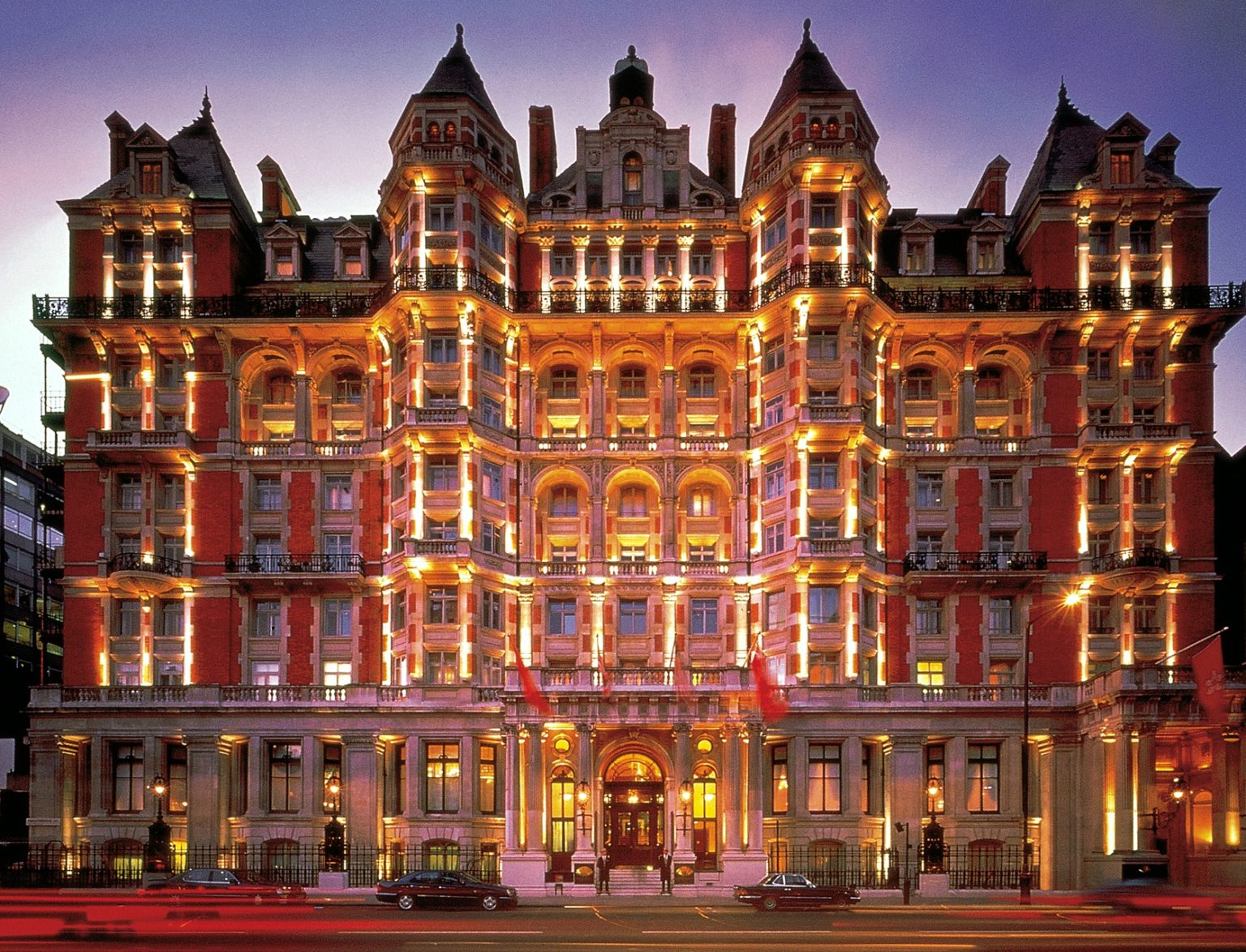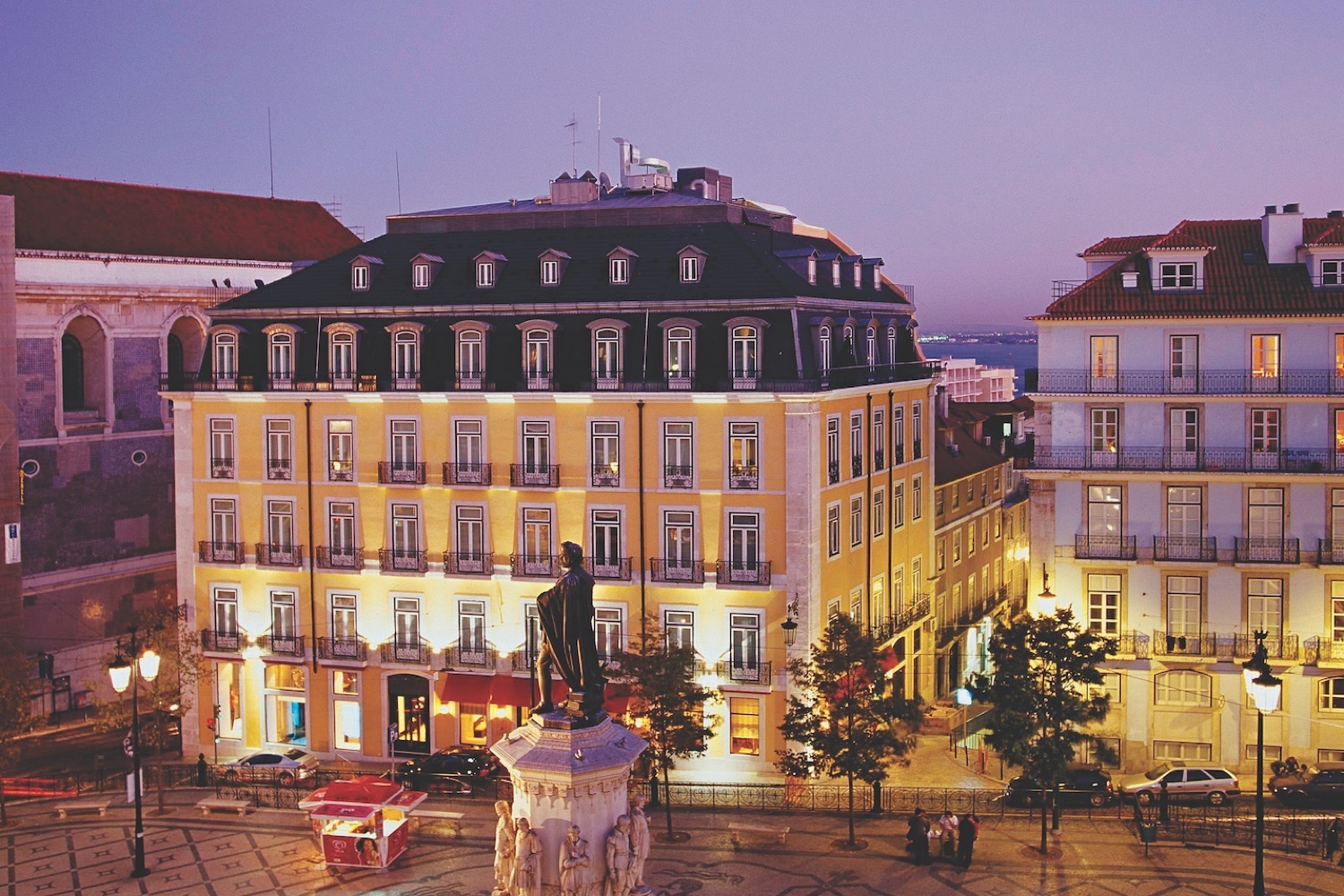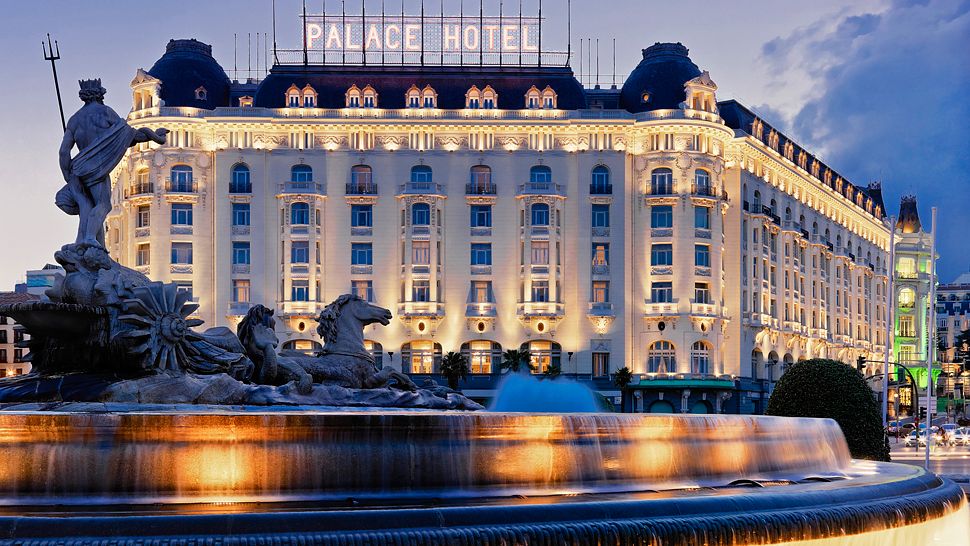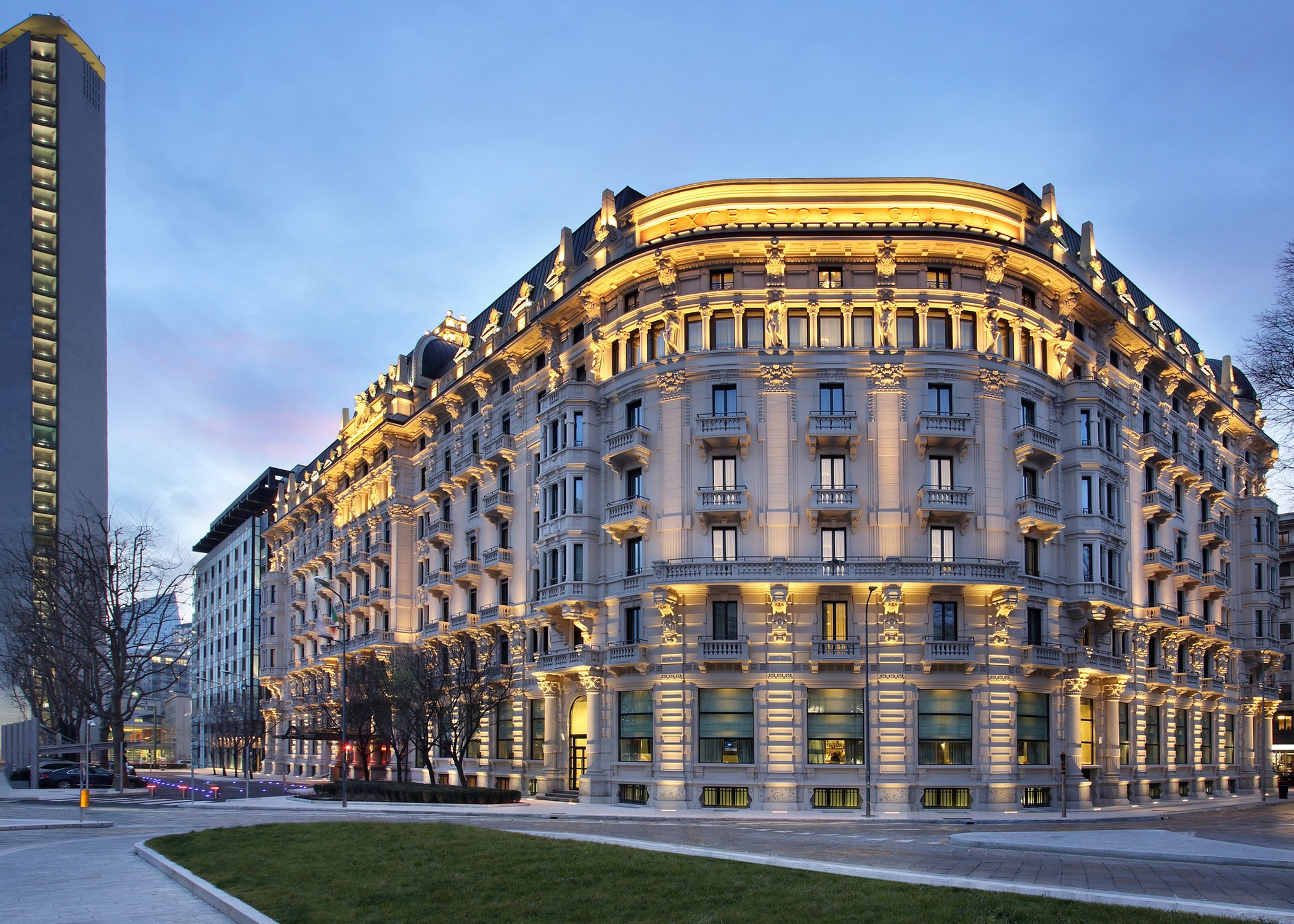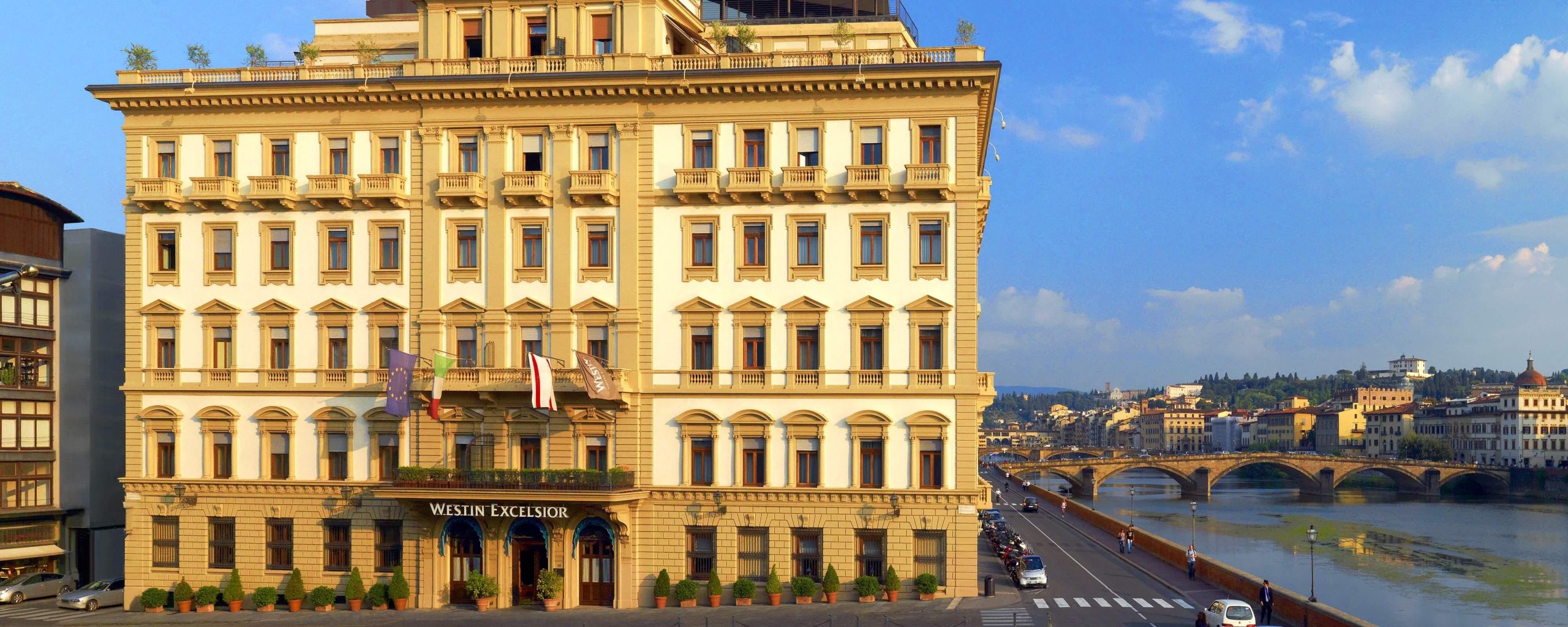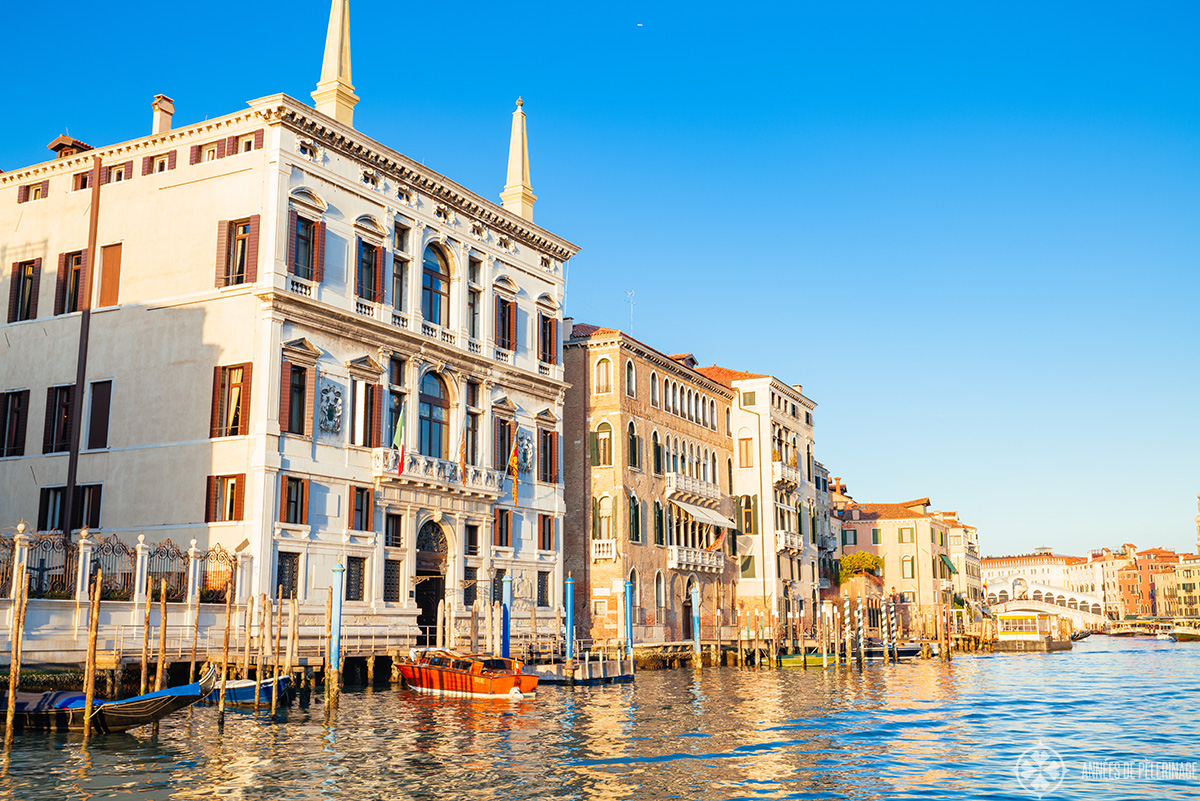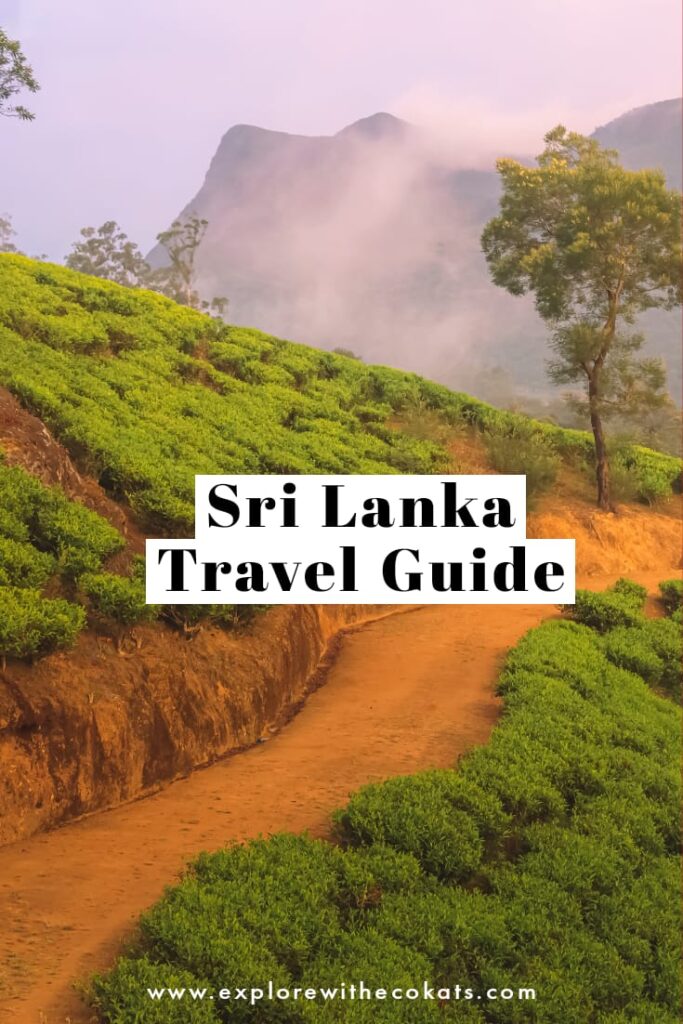
Sri Lanka, often dubbed the "Pearl of the Indian Ocean" or the "Emerald Isle," is a land of captivating contrasts. From ancient ruins whispering tales of forgotten kingdoms to mist-shrouded mountains draped in tea plantations, and from sun-kissed beaches fringed with swaying palms to vibrant wildlife sanctuaries, this island nation packs an astonishing diversity into its relatively small landmass. It’s a destination that promises adventure, relaxation, cultural immersion, and culinary delights, leaving an indelible mark on every traveler’s soul.
Having emerged from decades of conflict and recent economic challenges with remarkable resilience, Sri Lanka is more welcoming than ever, eager to share its natural beauty, rich history, and the warmth of its people. This comprehensive guide will equip you with everything you need to plan an unforgettable journey to this enchanting island.
A Tapestry of History: Sri Lanka’s Enduring Legacy
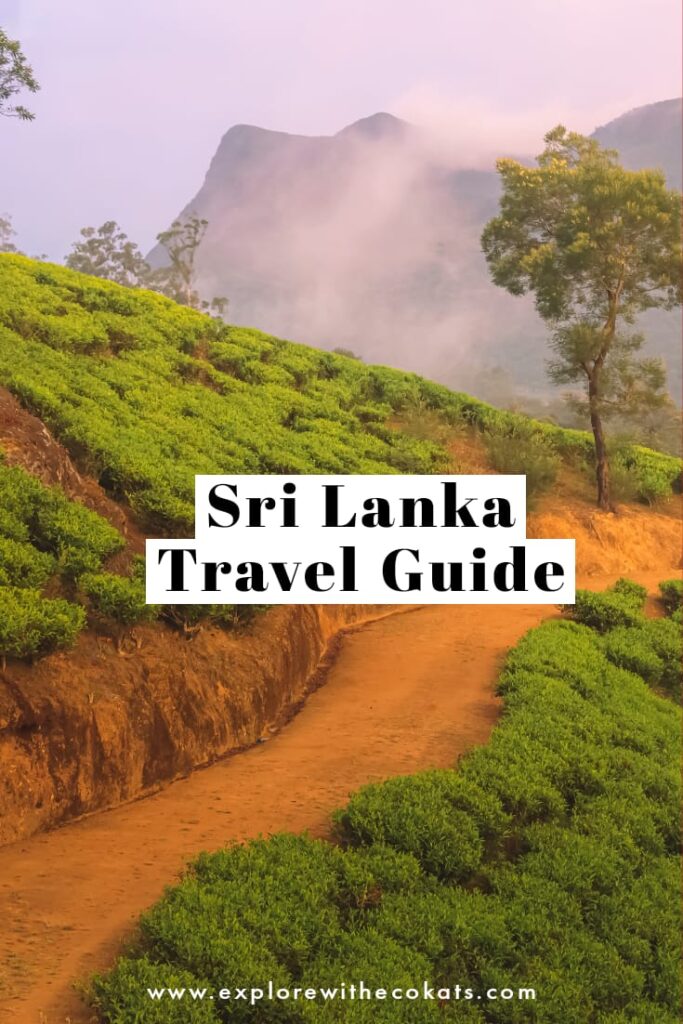
Related Articles about The Emerald Isle Beckons: Your Comprehensive Travel Guide to Sri Lanka:
- Nepal: A Journey to the Roof of the World and Beyond
- A Traveler’s Handbook to Singapore: A Jewel of Southeast Asia
- The Pearl of the Orient Seas: A Comprehensive Travel Guide to the Philippines
- A Journey Through Enchantment: Your Ultimate Travel Guide to Malaysia
- China: A Journey Through Time, Culture, and Unforgettable Landscapes
Sri Lanka’s history is as vibrant and complex as its landscapes, stretching back over 3,000 years. It’s a narrative woven with powerful monarchies, spiritual enlightenment, colonial struggles, and remarkable resilience.
The island’s story begins with the Sinhalese kingdoms, which flourished from around 500 BCE. The ancient cities of Anuradhapura and Polonnaruwa, now UNESCO World Heritage Sites, bear testament to these early civilizations. Anuradhapura, established in the 4th century BCE, served as the capital for over 1,300 years, boasting magnificent stupas (dagobas), intricate irrigation systems, and sacred bo trees. Polonnaruwa, which succeeded it in the 11th century CE, showcases equally impressive archaeological wonders, including colossal Buddha statues carved from rock and intricate royal palaces.
Buddhism arrived in the 3rd century BCE with Mahinda, son of Emperor Ashoka of India, profoundly shaping the island’s culture, art, and governance. The Temple of the Sacred Tooth Relic in Kandy stands as a symbol of this enduring spiritual heritage.
The island’s strategic location on ancient maritime trade routes attracted traders and, eventually, colonizers. The Portuguese arrived in the early 16th century, establishing coastal strongholds and introducing Catholicism. They were followed by the Dutch in the mid-17th century, who left behind their distinctive architecture, legal systems, and the magnificent Galle Fort, another UNESCO site. Finally, the British took control in 1796, unifying the island under a single administration and transforming its economy with the introduction of tea, rubber, and coffee plantations, forever changing the landscape of the central highlands.
Sri Lanka gained independence peacefully in 1948, becoming Ceylon and later the Democratic Socialist Republic of Sri Lanka. The post-independence era saw a period of internal conflict, the Sri Lankan Civil War, which lasted from 1983 to 2009. Since its conclusion, the nation has focused on healing and rebuilding, with tourism playing a vital role in its resurgence. The resilience and optimism of the Sri Lankan people, despite past challenges and recent economic hurdles, are truly inspiring.
Top Attractions: A Kaleidoscope of Experiences
Sri Lanka’s compact size belies its incredible array of attractions, catering to every interest:
1. The Cultural Triangle: Ancient Wonders and Spiritual Sanctuaries
- Sigiriya (Lion Rock): An iconic fifth-century rock fortress and palace, Sigiriya is a UNESCO World Heritage Site and arguably Sri Lanka’s most dramatic attraction. Climb the 1,200 steps to the summit to marvel at the ancient frescoes, the Lion Gate, and breathtaking panoramic views of the surrounding jungle.
- Dambulla Cave Temple: Another UNESCO site, this complex of five cave temples adorned with magnificent Buddhist murals and over 150 statues of Buddha offers a serene and awe-inspiring experience.
- Anuradhapura & Polonnaruwa: Explore the sprawling ruins of these ancient capitals, walking amidst towering stupas, intricately carved stone guardstones, and the remnants of grand palaces and monasteries.
- Kandy (Temple of the Sacred Tooth Relic): The last capital of the ancient kings, Kandy is nestled amidst hills. Its crown jewel is the Sri Dalada Maligawa, housing a relic of the Buddha’s tooth, making it one of the most sacred Buddhist sites in the world. The annual Esala Perahera festival is a spectacle not to be missed.
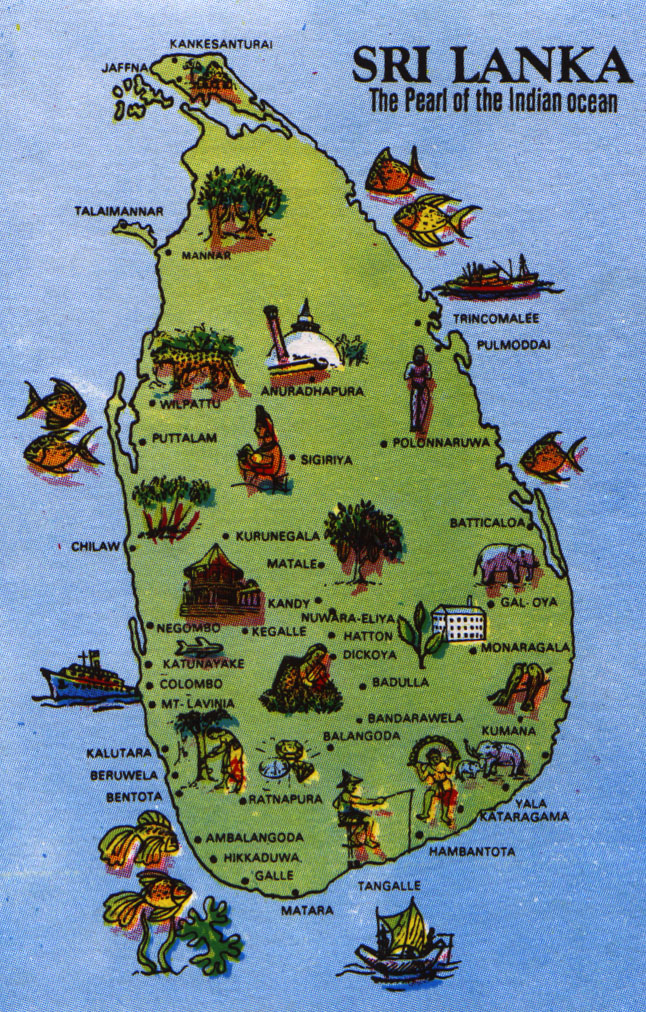
2. The Hill Country: Emerald Tea Plantations and Misty Peaks
- Nuwara Eliya: Known as "Little England," this charming town retains a colonial ambiance with its Victorian-era bungalows, manicured gardens, and cool climate. It’s the heart of Sri Lanka’s tea industry, offering opportunities to visit tea factories and witness the tea-making process.
- Ella: A backpacker’s paradise, Ella boasts stunning vistas, including Ella Rock and Little Adam’s Peak, offering relatively easy hikes. The iconic Nine Arch Bridge is a marvel of colonial engineering, best experienced during a scenic train ride.
- Horton Plains National Park & World’s End: A UNESCO site, this misty plateau offers incredible biodiversity and a challenging hike to World’s End, a dramatic cliff with a sheer drop of almost 900 meters, offering breathtaking views on a clear day.
3. Beaches & Coastal Charms: Sun, Surf, and Serenity
- Galle Fort: A magnificent UNESCO World Heritage site, this well-preserved Dutch colonial fort is a living museum. Wander through its narrow streets, explore boutique shops, art galleries, and charming cafes, and walk along its ramparts at sunset.
- Mirissa & Unawatuna (South Coast): Popular for their golden sands, turquoise waters, and vibrant nightlife. Mirissa is famous for whale and dolphin watching (seasonal), while Unawatuna offers calmer waters and a relaxed vibe.
- Arugam Bay (East Coast): A mecca for surfers, Arugam Bay comes alive during its season (May to October), offering world-class waves and a laid-back, bohemian atmosphere.
- Tangalle & Hiriketiya (South Coast): For those seeking more tranquility, these pristine beaches offer a quieter escape with stunning coves and fewer crowds.
4. Wildlife & Nature: A Biodiverse Paradise
- Yala National Park: Sri Lanka’s most famous national park, renowned for its high density of leopards, as well as elephants, sloth bears, crocodiles, and a plethora of bird species.
- Udawalawe National Park: Best known for its large herds of wild elephants, Udawalawe offers fantastic safari opportunities and is home to an Elephant Transit Home, a rehabilitation center for orphaned elephant calves.
- Sinharaja Forest Reserve: A UNESCO World Heritage Site and a tropical rainforest, Sinharaja is a biodiversity hotspot, home to endemic flora and fauna, including rare birds and reptiles.
- Pinnawala Elephant Orphanage: While popular, travelers should research ethical concerns regarding elephant interactions before visiting.
Culinary Journey: A Feast for the Senses
Sri Lankan cuisine is a delicious fusion of flavors, heavily influenced by its colonial past and proximity to India. It’s renowned for its aromatic spices, fresh produce, and abundant seafood.
- Rice & Curry: The national dish, a staple at every meal. It’s not just one curry but a selection of small dishes – often vegetable, lentil (dhal), fish, or chicken curries – served with rice, sambol (coconut and chili paste), and papadums.
- Hoppers (Appa): Bowl-shaped pancakes made from fermented rice flour and coconut milk, often served with an egg cooked in the middle. Perfect for breakfast or dinner.
- String Hoppers (Indi Appa): Steamed rice noodle discs, typically served with curries and sambol.
- Kottu Roti: A popular street food, this rhythmic dish involves finely chopped roti bread stir-fried with vegetables, eggs, and your choice of meat or cheese. The sound of the choppers is an iconic part of the Sri Lankan culinary experience.
- Seafood: Given its island status, fresh seafood is abundant, especially along the coasts. Grilled fish, prawns, and crab curries are must-tries.
- Tropical Fruits: Indulge in an array of exotic fruits like mangoes, papayas, passion fruit, rambutan, and the infamous durian.
- Ceylon Tea: A trip to Sri Lanka is incomplete without savoring a cup of its world-renowned tea. Visit a tea factory in the Hill Country for a fresh brew.
Best Time to Visit: Navigating the Monsoons
Sri Lanka experiences two distinct monsoon seasons, making it a year-round destination if you plan your regions carefully:
- December to March: This is generally considered the best time to visit the South and West Coasts, the Hill Country, and the Cultural Triangle. The weather is dry and sunny, with pleasant temperatures. This is also peak tourist season.
- May to September: During these months, the East Coast (Arugam Bay, Trincomalee, Passikudah) experiences its dry season, offering excellent beach weather and surfing conditions. The Cultural Triangle can still be visited, though it might be hotter. The South and West Coasts, and parts of the Hill Country, will experience the Yala monsoon, bringing rain.
Shoulder Seasons (April & October/November): These months can offer a good balance, with fewer crowds and reasonable weather, though there’s a higher chance of rain transitioning between seasons. Always check local forecasts closer to your travel dates.
Getting There and Around: Navigating the Island
Getting There:
- Bandaranaike International Airport (CMB): Located near Negombo, about 35 km north of Colombo, this is the main international gateway to Sri Lanka. Numerous airlines offer direct and connecting flights from major cities worldwide.
Getting Around:
- Trains: A quintessential Sri Lankan experience, especially the scenic journeys through the Hill Country (e.g., Kandy to Ella). They are affordable, comfortable (if booked in advance), and offer breathtaking views. Book tickets well in advance, especially for popular routes and observation carriages.
- Buses: An extensive and affordable network connects almost every town and village. They can be crowded and sometimes erratic, but offer an authentic local experience. Air-conditioned express buses are available for longer routes.
- Tuk-tuks: Ubiquitous in towns and cities, tuk-tuks are ideal for short distances. Always negotiate the fare before starting your journey, or use ride-hailing apps like PickMe or Uber where available (primarily Colombo and Kandy).
- Taxis/Private Cars with Driver: For convenience and comfort, especially for longer journeys or multi-day tours, hiring a private car with a driver is highly recommended. Drivers are often knowledgeable guides and can help with itinerary planning. Agree on rates beforehand.
- Rented Scooters/Motorbikes: Available for rent in popular tourist areas. Only recommended for experienced riders due to chaotic traffic and variable road conditions. An international driving permit is usually required.
- Domestic Flights: Small domestic airlines offer limited flights between major cities and tourist hubs, useful for saving time on longer distances, but generally more expensive.
Accommodation Options: From Backpackers to Luxury Seekers
Sri Lanka offers a wide range of accommodation to suit every budget and style:
- Luxury Resorts & Boutique Hotels: Found primarily along the coasts, in the Hill Country, and in Colombo, these offer world-class amenities, stunning architecture, and exceptional service. Brands like Cinnamon, Jetwing, Heritance, and smaller luxury boutique villas provide exquisite experiences.
- Mid-Range Hotels & Guesthouses: Abundant across the island, offering comfortable rooms, often with air conditioning and private bathrooms, at reasonable prices. Many guesthouses are family-run, providing a more personal touch.
- Homestays: A fantastic way to experience local culture and hospitality. Many families offer rooms in their homes, providing insights into Sri Lankan life and often serving delicious home-cooked meals.
- Backpacker Hostels: Popular in tourist hubs like Ella, Mirissa, and Unawatuna, offering dorm beds and private rooms at budget-friendly prices, fostering a social atmosphere.
- Eco-Lodges & Treehouses: For nature lovers, unique stays can be found near national parks and in the jungle, offering sustainable and immersive experiences.
Booking in advance, especially during peak season, is always advisable.
Essential Travel Tips: Navigating Your Journey
- Visa: Most nationalities require an Electronic Travel Authorization (ETA) which can be obtained online before arrival. Check the official Sri Lankan immigration website for current requirements.
- Currency: The local currency is the Sri Lankan Rupee (LKR). ATMs are widely available in towns, and credit cards are accepted in most hotels and larger establishments.
- Language: Sinhala and Tamil are the official languages. English is widely spoken in tourist areas and by educated professionals. Learning a few basic Sinhala phrases (Ayubowan – Hello/May you live long, Istuti – Thank you) will be appreciated.
- Health & Safety:
- Consult your doctor about recommended vaccinations.
- Drink bottled or filtered water. Avoid tap water.
- Use insect repellent, especially at dawn and dusk, to prevent mosquito bites.
- Be mindful of the strong sun; use sunscreen and wear a hat.
- Sri Lanka is generally safe for tourists, but exercise common sense: keep valuables secure, avoid walking alone in poorly lit areas at night, and be aware of your surroundings.
- The ocean currents can be strong; always heed warning flags and local advice.
- Connectivity: Local SIM cards are easily available at the airport upon arrival (Dialog, Mobitel, Etisalat) and offer affordable data packages. Wi-Fi is common in hotels and guesthouses.
- Etiquette & Culture:
- Dress Modestly: Especially when visiting religious sites. Shoulders and knees should be covered. Remove shoes and hats before entering temples.
- Respect Religious Sites: Do not pose for photos with your back to Buddha statues.
- Bargaining: Common in markets and when hiring tuk-tuks. Do so politely and with a smile.
- Public Displays of Affection: Generally frowned upon.
- Head Nod: A gentle side-to-side wobble of the head can mean "yes," "maybe," or "I understand."
- Sustainable Tourism: Support local businesses, minimize plastic use, respect wildlife from a distance, and leave no trace.
- Electricity: Type D and G sockets (three round pins and three rectangular pins, respectively). Voltage is 230V, 50Hz. Bring a universal adapter.
Conclusion: Your Island Adventure Awaits
Sri Lanka is a destination that truly has it all – ancient history, spiritual solace, breathtaking natural beauty, thrilling wildlife encounters, sun-drenched beaches, and a vibrant culture. Its compact size makes it incredibly easy to traverse, allowing travelers to experience a multitude of landscapes and activities within a relatively short period.
The warmth and hospitality of the Sri Lankan people, coupled with their resilience and optimism, add an invaluable layer to the travel experience. As you explore its tea-carpeted hills, delve into its ancient cities, relax on its golden shores, and savor its spicy cuisine, you’ll discover why this emerald isle continues to capture the hearts of all who visit. Pack your bags, open your mind, and prepare for an unforgettable adventure in the resplendent land of Sri Lanka.
